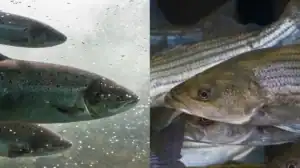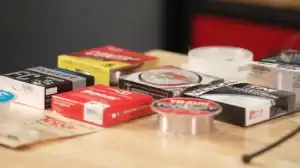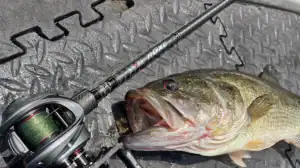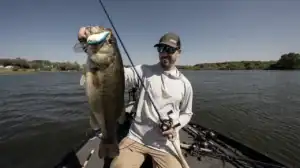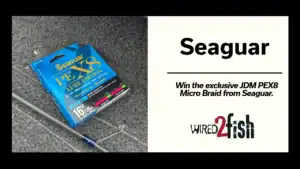In this video, professional angler Wes Logan breaks down what truly separates a great swim jig from the rest. While many jigs may appear identical at first glance, several subtle yet crucial features impact how each performs in different fishing scenarios. From skirt thickness to head design and hook size, Logan explains how to choose the right swim jig based on your target cover and fishing style.
Featured Product
- JIG #1 – Team Ark Wes Logan Swim Jig: Buy at Tackle Warehouse
- JIG #2 – Team Ark Elite-Z Swim Jig: Buy at Tackle Warehouse
Thick Skirt for Shallow Cover
The first jig features a 50-strand full skirt and a compact hook. Designed for fishing around shoreline structure—such as docks, reeds, laydowns, and grass—this can help keep the bait higher in the water column. The compact hook helps pull fish from heavy cover without catching debris or vegetation during retrieval. Paired with a craw-style trailer, this jig performs best when working tight, shallow targets with heavier cover.
Thinner Skirt for Open Water
The second jig has a streamlined, finesse-style skirt with fewer strands and a higher tie point. This configuration helps the bait sink faster and maintain a lower profile in deeper water. Ideal for fishing submerged grass or open flats, it offers a more subtle action that excels in clear or pressured conditions. Logan prefers to pair this style of jig with a paddle tail trailer, which allows it to have a subtle action and track straight.
Why Head Shape and Line Tie Placement Matter
Both jigs feature a keel-style head that ensures a straight, stable swim. This shape also improves the bait’s ability to move cleanly through cover without rolling or snagging. Logan emphasizes that he position of the line tie is crucial—it affects how the jig presents and how efficiently it navigates structure. These design elements contribute to a more natural look and can often increase strike rates, particularly in areas with heavy fishing pressure.


